to our gallery
Paintings .com
Collection
| Phone Voicemail text 707-875-2911 | Now at the Gallery | E-Mail US | Google Maps to our gallery |
|||||
| Linda Sorensen Paintings .com |
Joshua Meador Collection |
|||||||
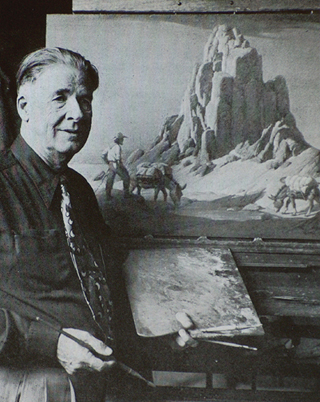 Clyde with palette and brushes before one of his famous paintings of prospectors |
|
|
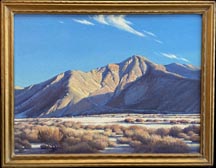 Late Afternoon, 1946 |
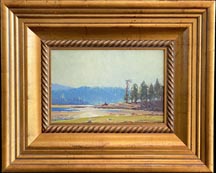 River Reflection |
|
|
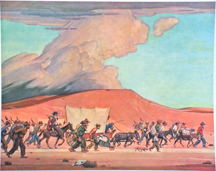 The Gold Rush Vintage Print |
|
|
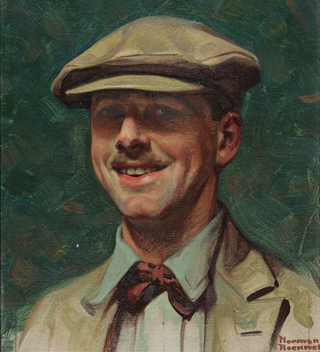 Portrait of Clyde Forsythe by his life-long friend and New York studio-mate, Norman Rockwell |
|
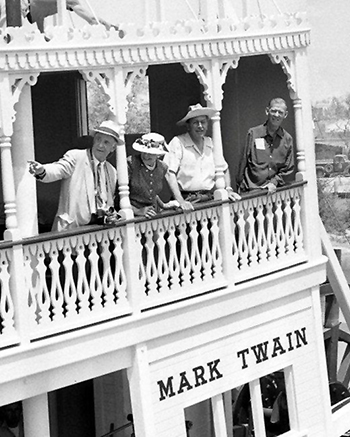 Walt Disney hosting Clyde and Cotta Forsythe with Ed Ainsworth at Disneyland. |
Young Victor grew up with Western lore, and had a fascination with exploring the canyons and mountains of the American deserts. As a boy in the 1890's, there was plenty of open space to roam about in Los Angeles, and his family would vacation in the California desert, great training for his desert painting days ahead. But before he joined the fraternity of desert painters, he had a successful cartoonist career in New York. |
On some of his desert painting excursions, he would take a younger artist, a newer member of the fraternity of desert painters, John W. Hilton. Hilton recalled Forsythe's dry acerbic wit, and how he had insulting nicknames for his friends ... the more insulting, the better the friendship. Forsythe once said of John Hilton, "You're thirteenth on my list of fellas I can do without." Yet Forsythe would seek Hilton out for desert camping and painting trips. |
 Left to right: great friends Clyde Forsythe, Walt Disney and Ed Ainsworth Ed Ainsworth was editor of the LA Times, and you already know about Walt. |
|
|
| Bodega Bay Heritage Gallery | ON-LINE BodegaBayHeritageGallery.com | , PO Box 325 Bodega Bay, CA 94923 | Voicemail and Text 707-875-2911 | Email ... Art@BodegaBayHeritageGallery.com |